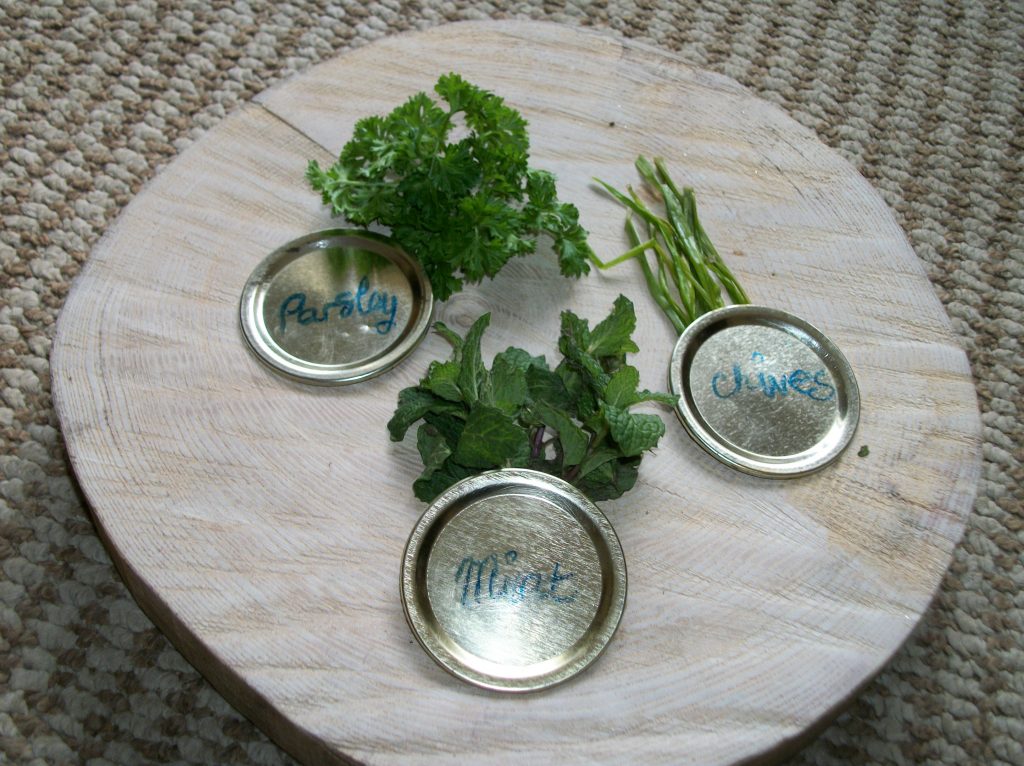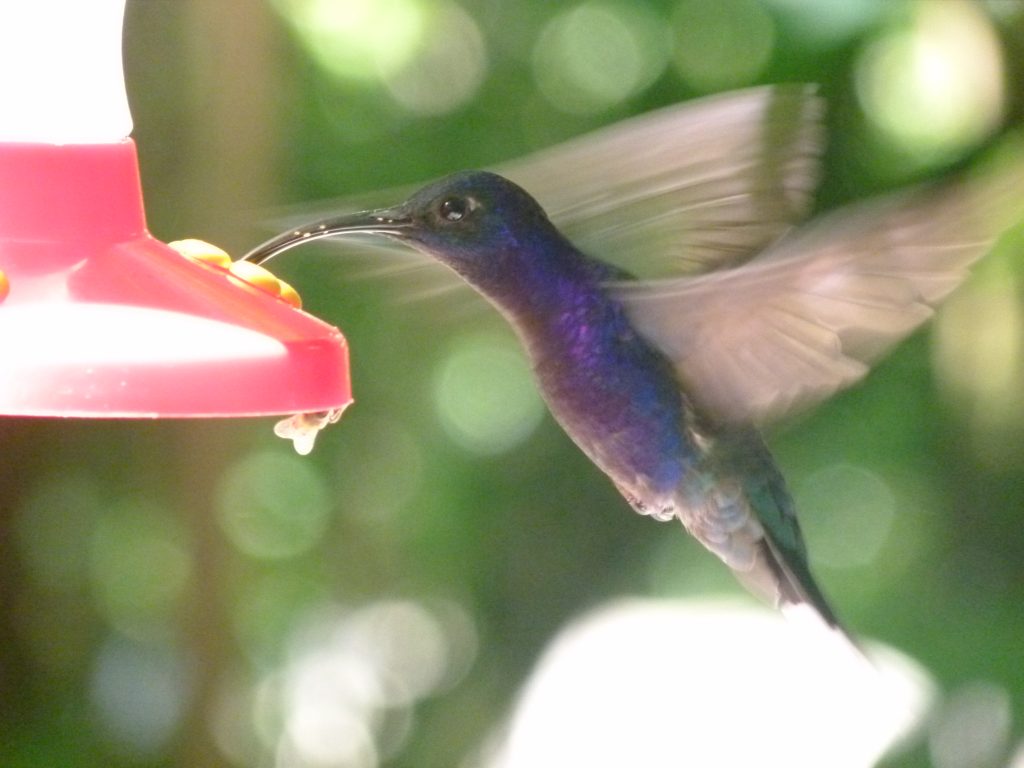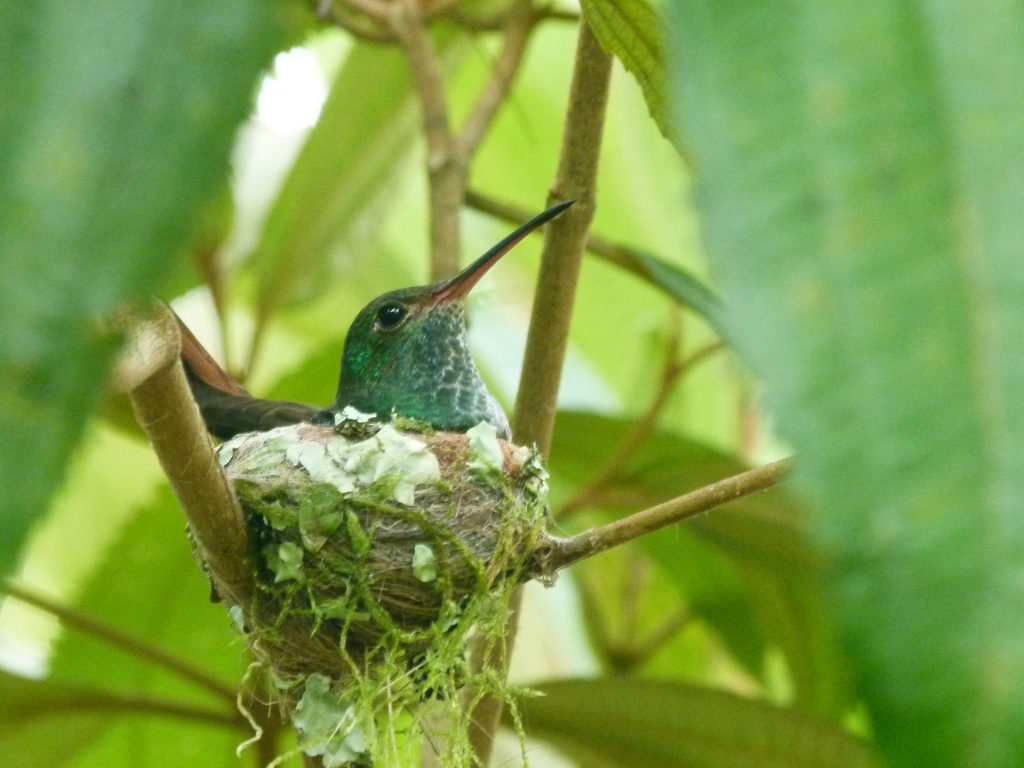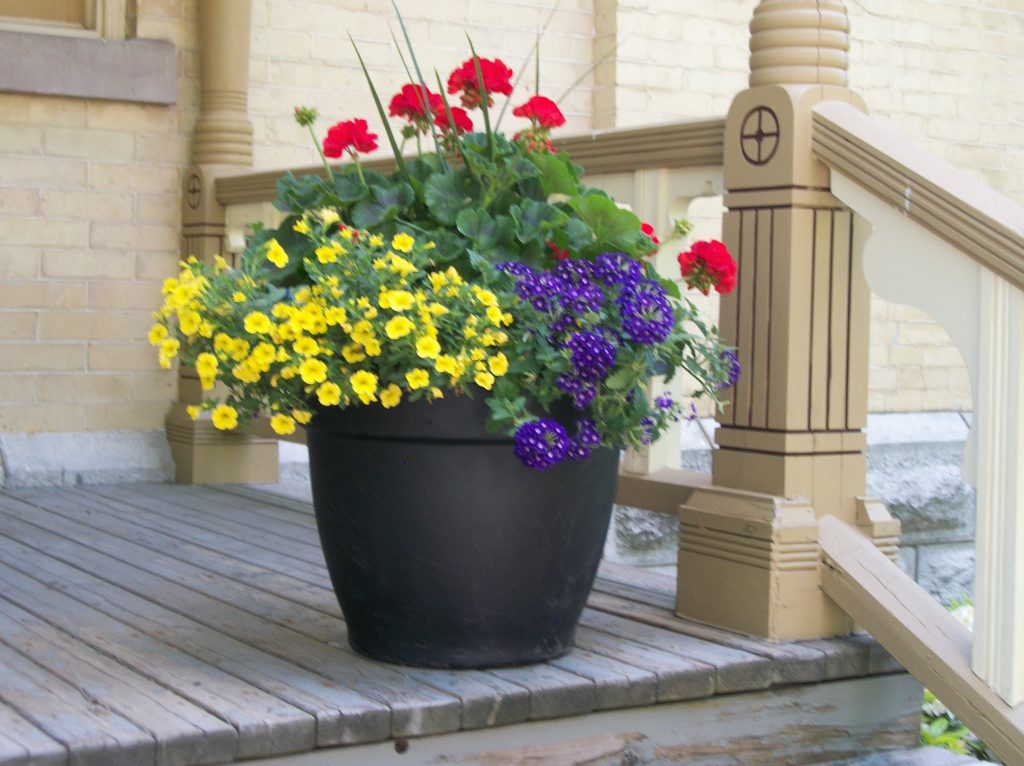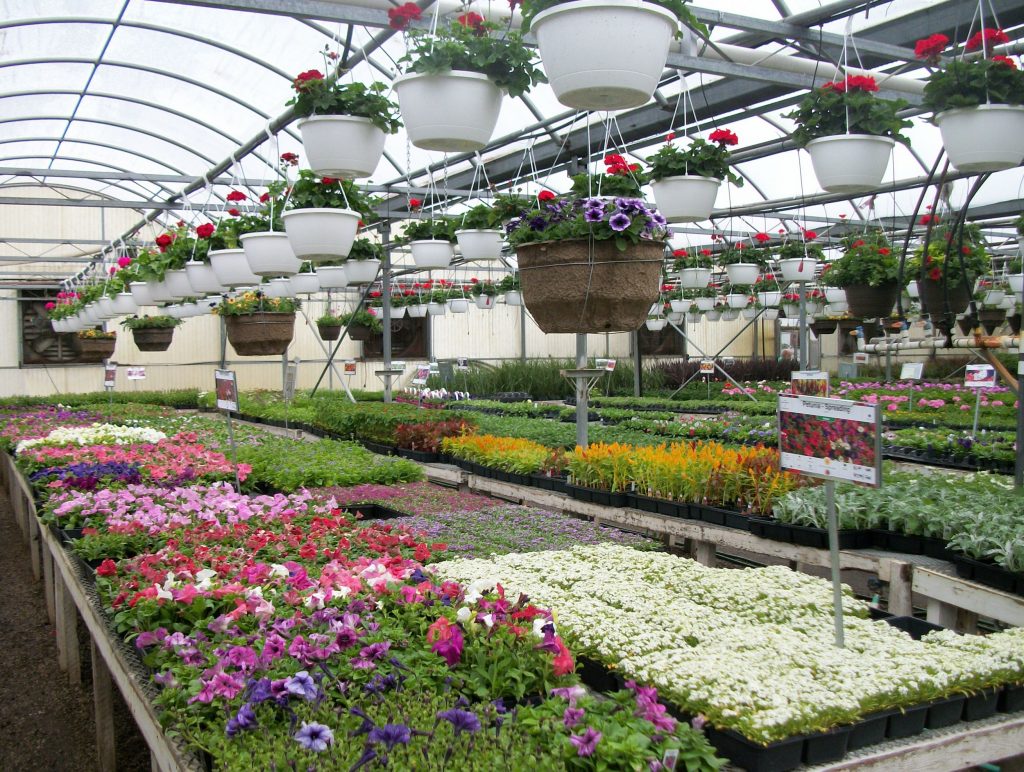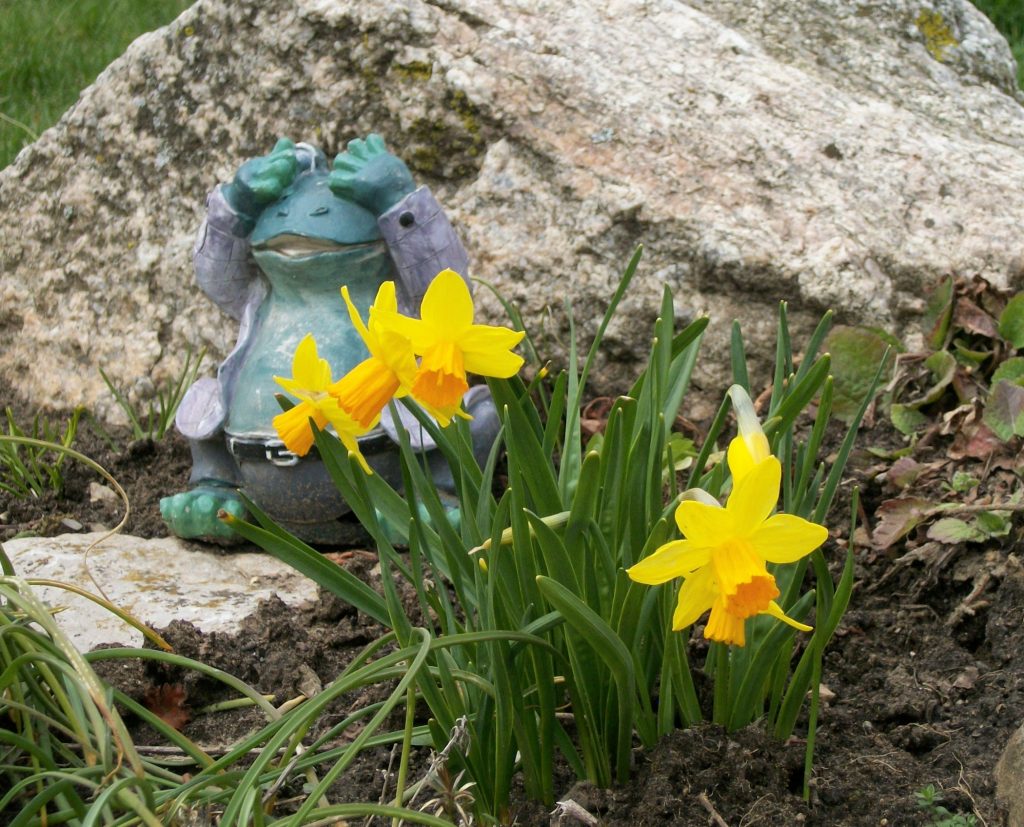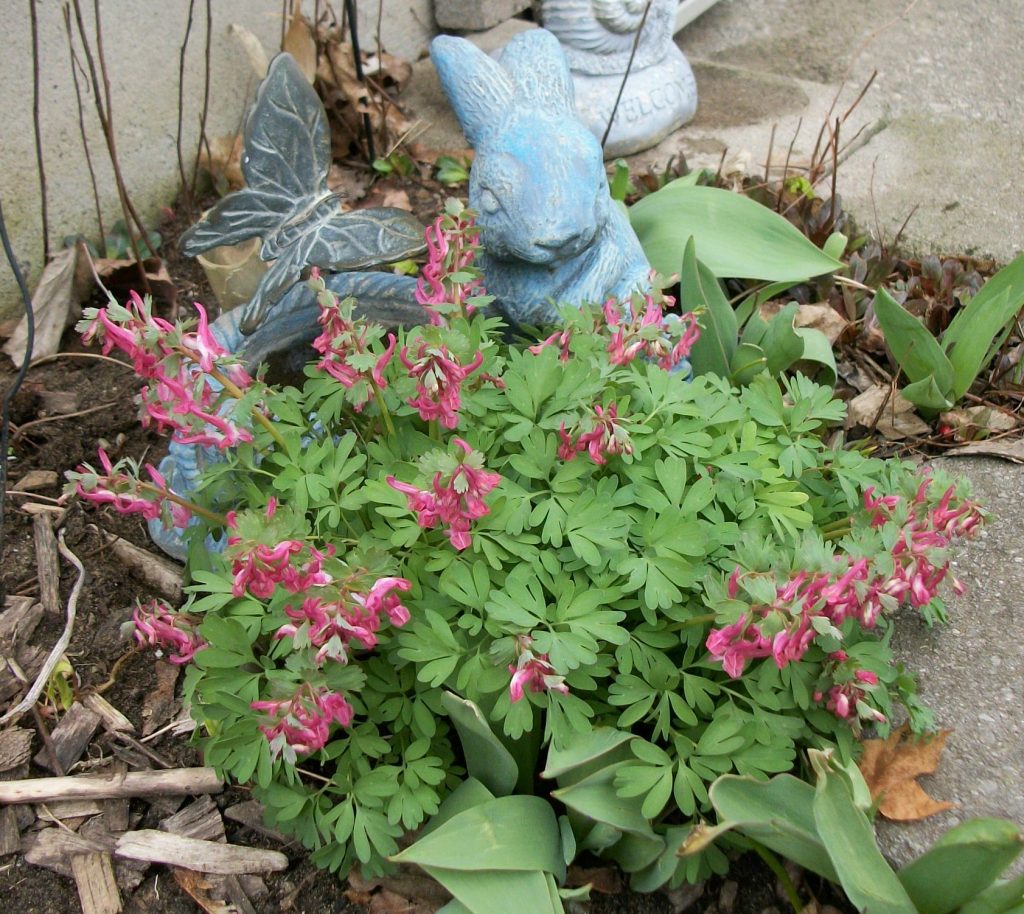It’s Still Just Dirt, The Tillsonburg Norfolk News – April 2021
by Angela Lassam
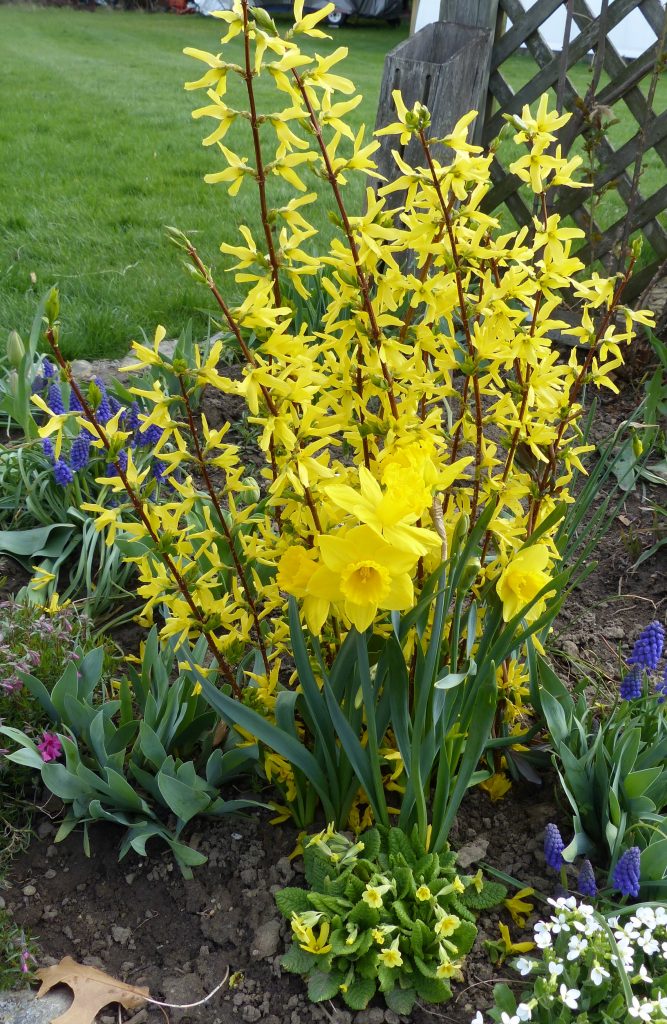
We are all enjoying the beautiful days and doing the cleanup in our gardens. The sunshine gives us the energy to get active but temperatures will drop and aggressive gardeners may be sorry for their haste.
It is acceptable to remove all leaves left as a false mulch around perennials to allow them to shoot. Remove all dead pieces surrounding the bottom of perennials and pull any dead leaves from the centre to prevent mold /fungus from killing them. It is also a time to relocate them to a more suitable spot if they are not performing as you expected or divide them to control their size and shape.
Pruning is a good task as branches are easier to take out without leaves and removing crossed branches. Shrubs need bottom cleaning to deter attacks from insects and keep their shape. You may see small new growth beside a shrub and this can be carefully removed to plant elsewhere to make a new one or give away.
Hoeing will loosen the soil around plants to help them start regrowing and you can remove any early weeds.
Lawns need care and now is the time. Pick up any trash and fallen branches and assess bare patches for later repair. Then roll to flatten out holes and trails made by rodents over the winter. As the grass grows you will need to fertilize.
It is not the time to plant annuals as they need a soil temperature of 20 degrees C. and cannot take air temperatures below 10 degrees C. Plants will be stunted if placed in cold soil. Soil in raised beds is generally warmer and can be planted sooner. There are some vegetables which can be sown or planted preferring the cooler days to start. Potatoes, peas, carrots, swiss chard and radish are in this group.
Planning where to use annuals is a rainy day thought and there is an initiative this year in the gardening world to grow “all that is yellow”. It is called “Hope is Growing” and Communities in Bloom is promoting yellow as it is the color of hope. The country could be aglow with yellow if everyone plants predominantly yellow. Public gardens, planters, front yards and anywhere flowers can be seen are encouraged to be yellow. For those people who are interested in participating in the “yellow” summer go to https://www.hopeisgrowing.ca .
There is a David Austen rose launched especially for this year which is yellow. It is called ‘Nye Bevan’ to honour Aneurin Bevan who founded the National Health Service in the UK after World War II and in recognition of the healthcare workers around the world. Sadly it is unavailable in Canada but there are many yellow roses you could purchase.
Tillsonburg Horticultural Society has decided to renew the Junior Gardens Program this year. There will be a limit of 100 gardeners of all ages. The theme this year is “Plant a HOPE Garden” to partner with Communities In Bloom, ‘yellow for hope’ using yellow 4 o’clocks, sunflowers and yellow beans as part of the planting package. More information to follow as the program has been redesigned for the safety of our gardeners and volunteers. This will be co-ordinated by Pat Zeyen contact patzeyen@gmail.com.
Tillsonburg Horticultural Society opened a Zoom meeting on April 6th which was all about birds. This was to connect members and an email follow-up was sent with very interesting media sites for all to enjoy. No new updates for the future due to Covid restrictions. Check the website and Facebook for constant updates. Stay home, stay safe, stay well.
